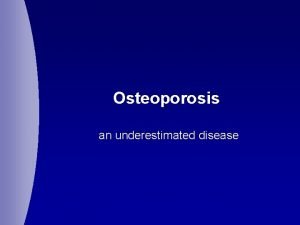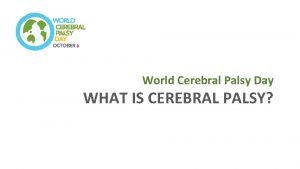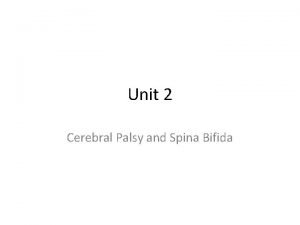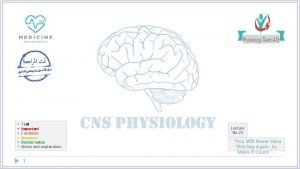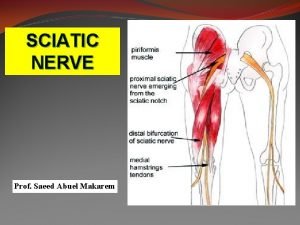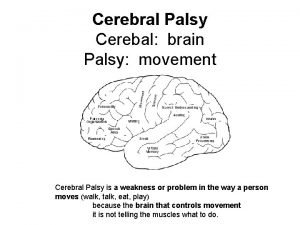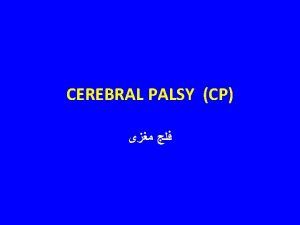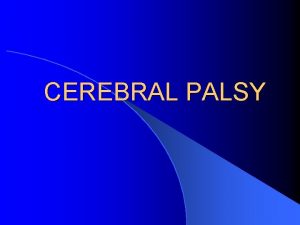Language disorders in Progressive Supranuclear Palsy an underestimated







- Slides: 7

Language disorders in Progressive Supranuclear Palsy: an underestimated condition? E. Del Prete, L. Tommasini, D. Frosini, S. Mazzucchi, A. Bruno, U. Bonuccelli, R. Ceravolo DIPARTIMENTO DI MEDICINA CLINICA E SPERIMENTALE, U. O. NEUROLOGIA, UNIVERSITÀ DI PISA, PISA

Background: PSP is characterized by specific neuropsychiatric and cognitive dysfunction. The pattern of early cognitive impairment in PSP is usually a dysexecutive frontal syndrome but language domains could also be affected. New criteria for clinical diagnosis of PSP have recently been published by the Movement Disorders Society. Cognitive dysfunction is now considered one of four core features and speech/language deficit is gaining more relevance. Hoglinger, Movement Disorders, 2017

Objectives: we aimed to investigate executive functions and languages abilities in PSP patients and in Progressive Supranuclear Palsy subgroups [PSP-Richardson’s Syndrome (PSP-RS) and PSP-non-RS] according to new Movement Disorders Society criteria. PSP-RS PSP-non-RS PSP-OM PSP-PI PSP-P PSP-F PSP-CBS PSP-PGF PSP-SL PSP with Richardson’s syndrome PSP with predominant ocular motor dysfunc PSP with predominant postural instability PSP with predominant parkinsonism PSP with predominant frontal presentation PSP with predominant CBS PSP with progressive gait freezing PSP with predominant speech/ language diso

Methods 22 PSP patients 15 PSP-RS 7 PSP-non-RS (3 PSP-CBS, 3 PSP-P, 1 PSP-SL) Clinical Evaluation PSP-Rating Scale Apathy Evaluation Scale; Beck Depression Inventory II Global cognitive status (MMSE), Attention & Working Memory (Digit Span Foward & Backward), Executive Functions (FAB) Languages Abilities FAS, Semantic Fluency Test, AAT naming test and SAND (Screening for Aphasia in Neuro. Degeneration)

Results % of Patients performance below the normative cut-off 76. 278. 6 71. 4 7 6. 6 6 5 66. 7 59. 1 57. 1 53. 3 4 57. 1 3 42. 9 40. 9 14. 3 36. 440 31. 8 27. 1 20 13. 3 2 28. 6 1 0 0 0 PSP RS nc te en /S es at in bo Pi PSP es ds W s/ rb Ve c. c. Se Su nt en rd ce Pi Co Ve m pr eh rb al F lu en en or sio n cy S FA tic an m Se B Picture Naming FA 90 80 70 60 50 40 30 20 10 0 % of Patients performance below the normative cut-off PSP non-RS 0 PSP non-RS Single-Word Comprehension

Results % of Patients performance below the normative cut-off 76. 278. 6 71. 4 * 66. 7 59. 1 57. 1 The presence of language disorders could be part of PSP-RS 53. 3 phenotype. 42. 9 40 36. 4 PSP RS es nc en /S es at in bo Pi PSP te W s/ rb Ve c. c. Se Su nt en rd ce Pi Co Ve m pr eh rb al F lu en en or sio n cy S FA tic an m ds 28. 6 27. 1 In our cohort PSP-RS show simplified syntactic structures with 20 14. 3 verbs 13. 3 even if the impairment does not meet criteria paucity of used * for definite agrammatism. Se B 31. 8 FA 90 80 70 60 50 40 30 20 10 0 * PSP non-RS

Grazie per l’attenzione
